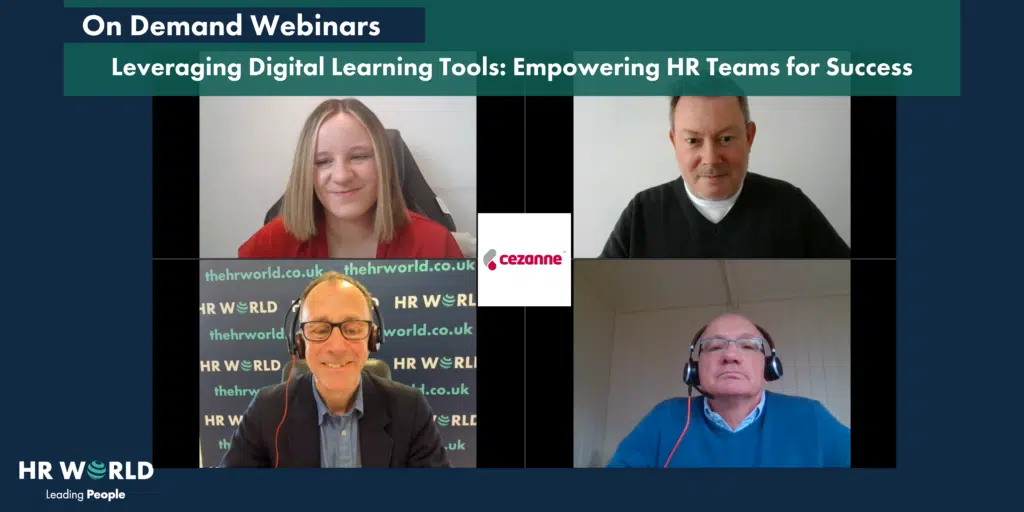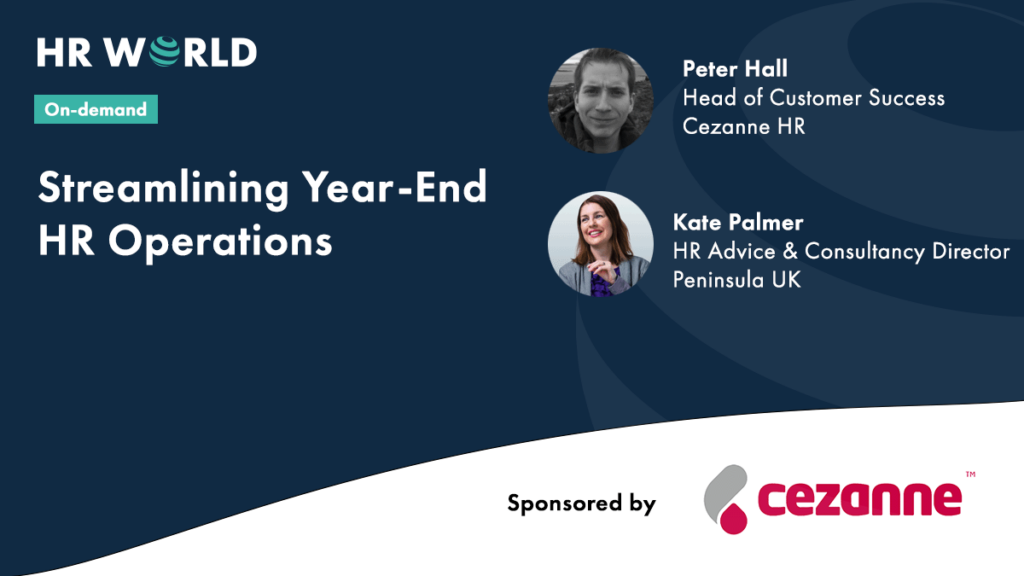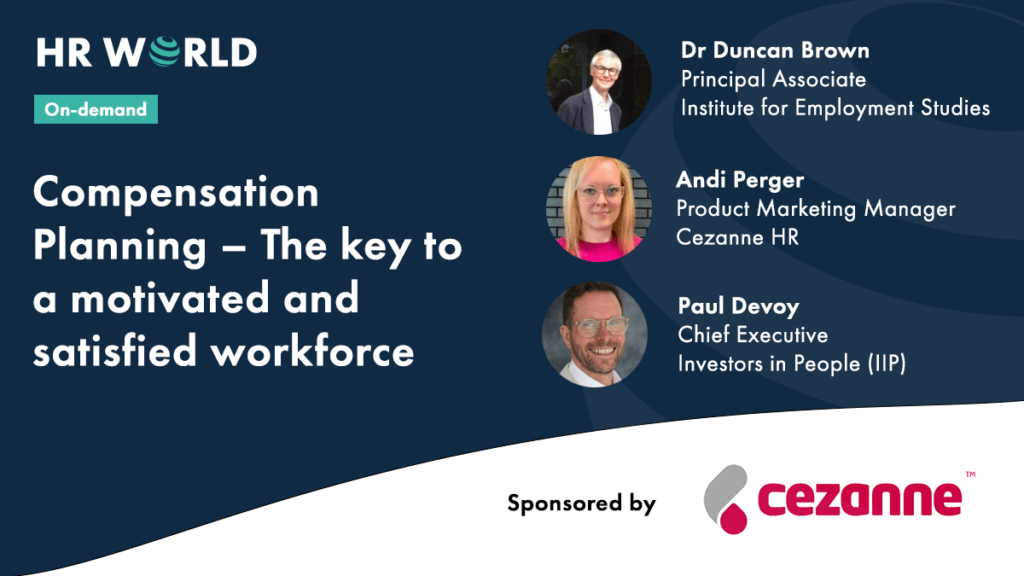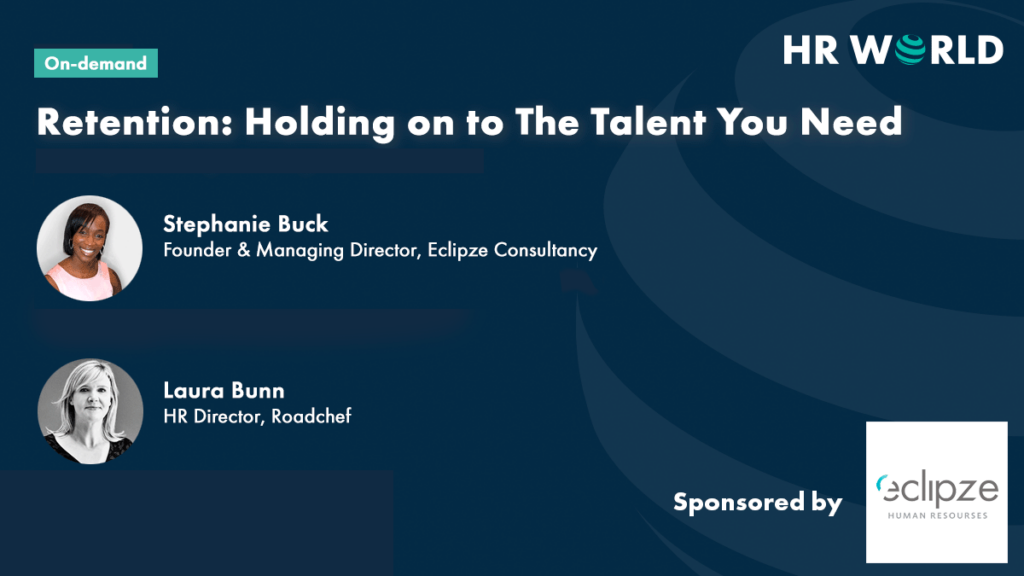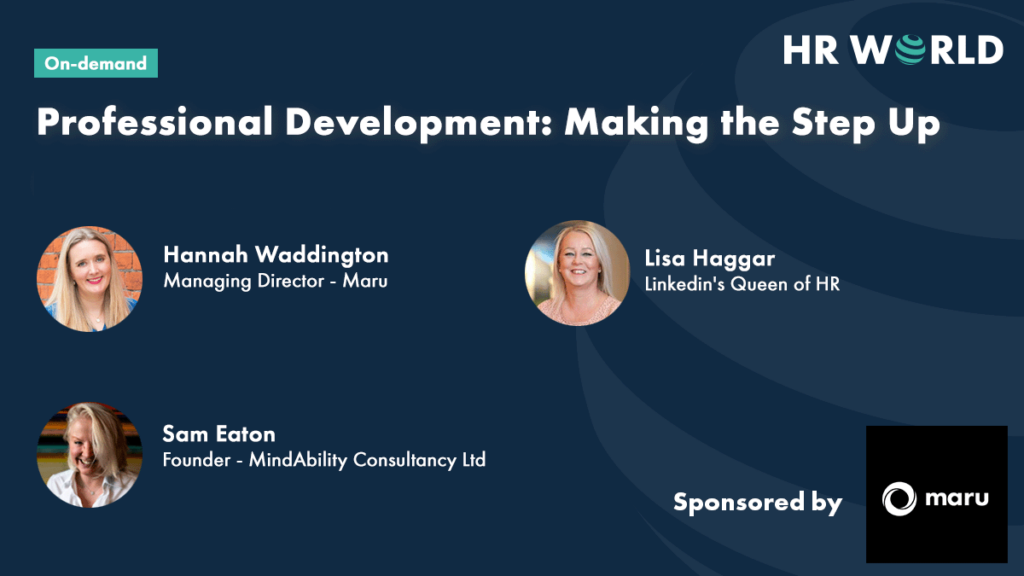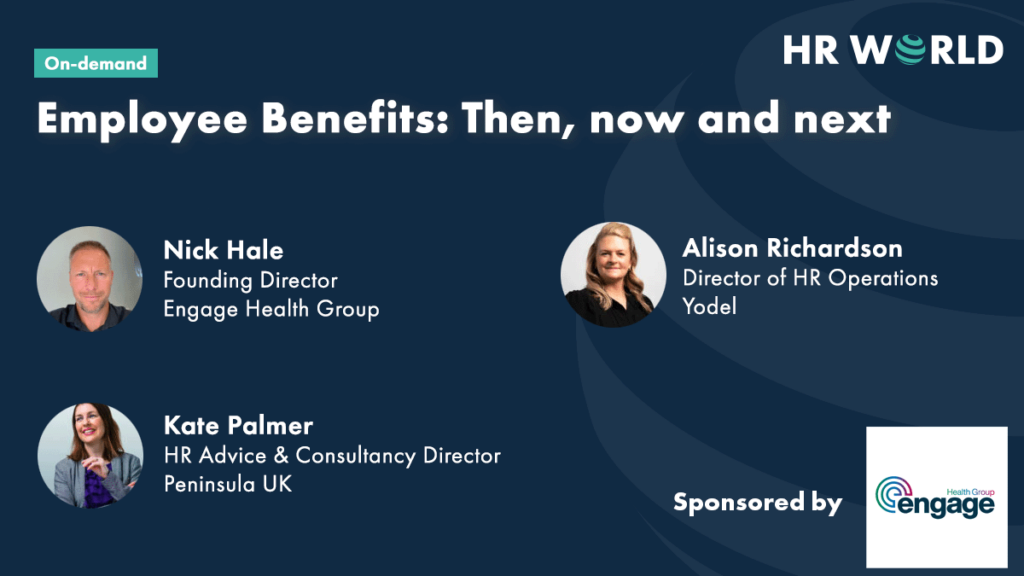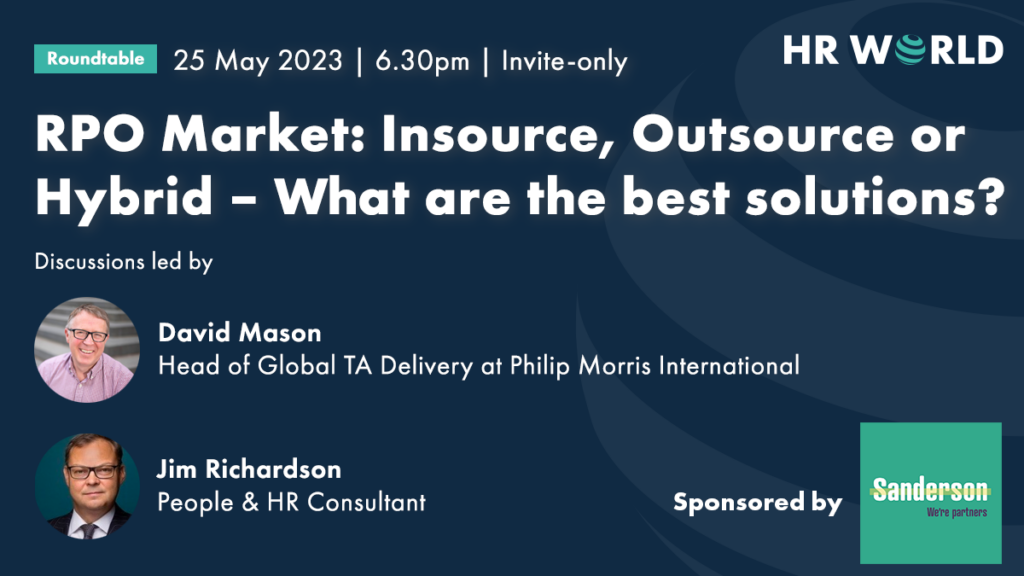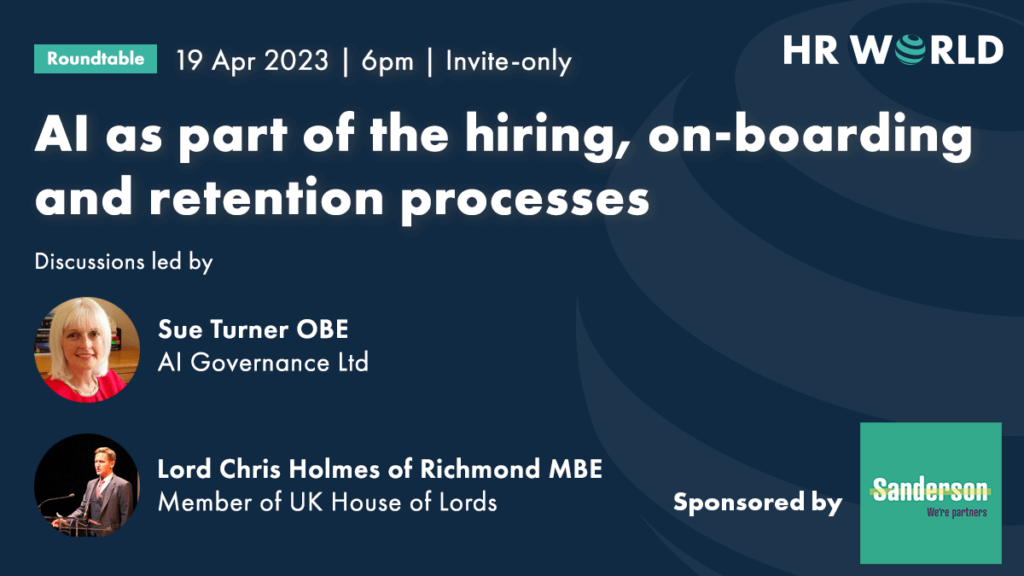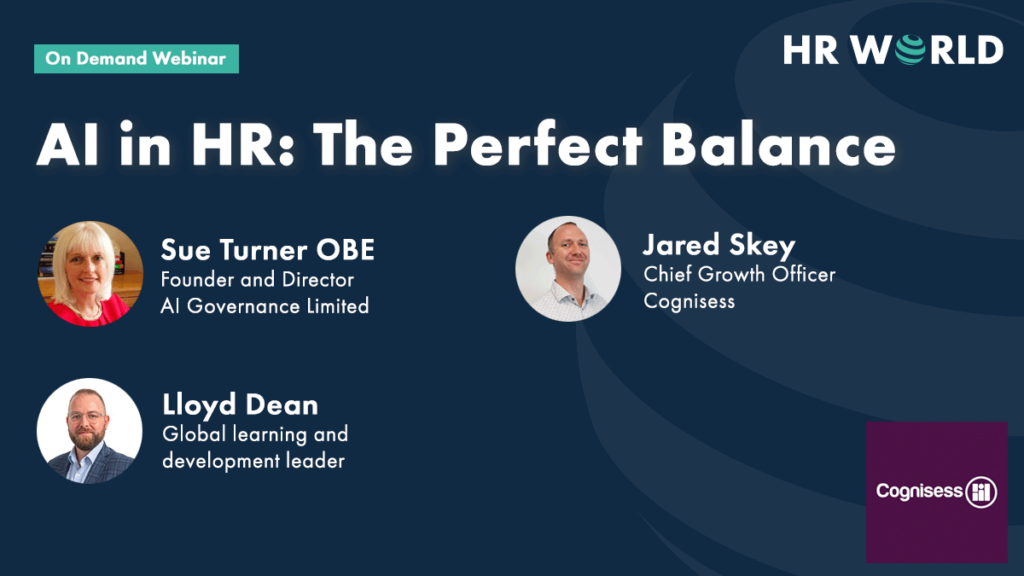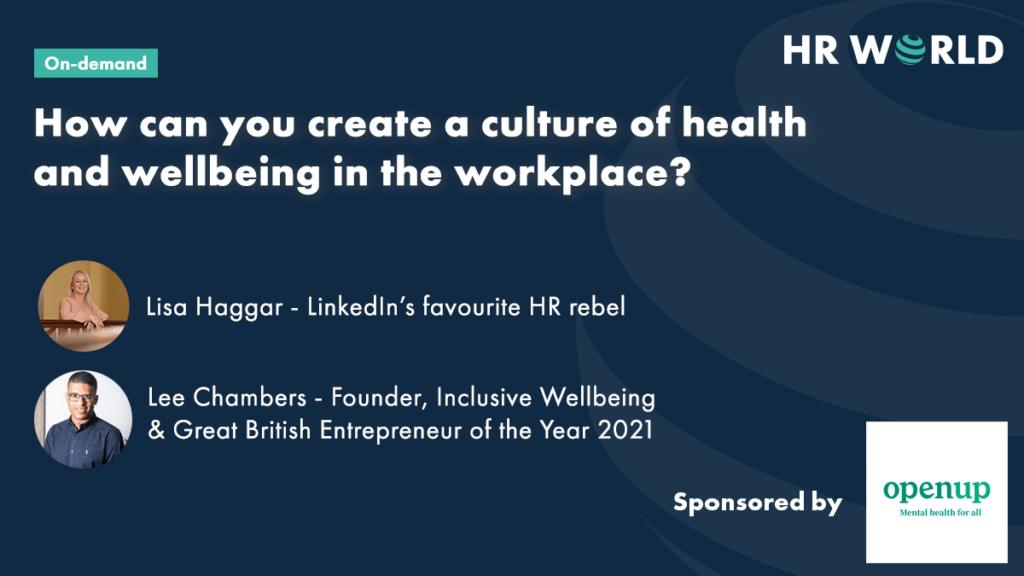Home » Knowledge Hub » HR Strategy, Professional Development, Retention, Talent Acquisition, Workplace Culture » 71% of executives believe employee engagement is crucial to their company success
71% of executives believe employee engagement is crucial to their company success
12 January 2021 HR Strategy Professional Development Retention Talent Acquisition Workplace Culture

Seven in ten (71%) company executives believe employee engagement is crucial to business success, according to new research.
Coupled with the sharp increase in remote working, Smart Survey, which conducted the insight, claims this means employment engagement has never been more fragile or more important.
The necessity of having a successful strategy to keep your staff engagement levels as high as they possibly can be has never been more crucial.
Mo Naser, Chief Executive Officer, SmartSurvey, says the following five employee engagement strategies are the top ones HR managers need to know in 2021.
-
Create a clear communication plan, and stick to it:
Communication is one of the most important parts of any successful business and it plays an important part in effective employee engagement strategies. There are all kinds of different ways you can communicate with your employees too, from a company newsletter through to regular open-door meetings with managers or an engagement committee. What is important though, is that the plan you create is stuck to. A couple of weeks of open communication before slipping back into bad habits won’t get you anywhere.
-
Make your employee’s wellbeing a priority:
Wellbeing may feel like a bit of a buzzword for some, a box that needs to be ticked. The reality is though, that investing in your team’s wellbeing can improve productivity as well as their own health. If you have a team with high engagement but low wellbeing, there’s a risk of burnout.
-
Invest in development – for everyone:
Your employees need to know what the next step is for them. While each employee should have a bespoke development plan, that will only be a small part of an overarching employee development strategy. HR needs to spend time identifying where the gaps are across the business in terms of development.
-
Define a clear company culture:
This goes hand in hand with wellbeing. You need to define your company culture, from the workplace itself through to the type of people you hire and your tone of voice. You want to be seen as somewhere that your employees are proud to work for. This means looking at your diversity and inclusivity programs, your transparency, what your organisation stands for and a number of other things.
-
Encourage feedback, and use it to update your strategy:
Finally, no strategy to raise the level of employee engagement means anything if you aren’t seeking feedback. Feedback will be part of any surveys you’re running, but there are other ways you can go about getting this too.
You can view the tips in full here.






